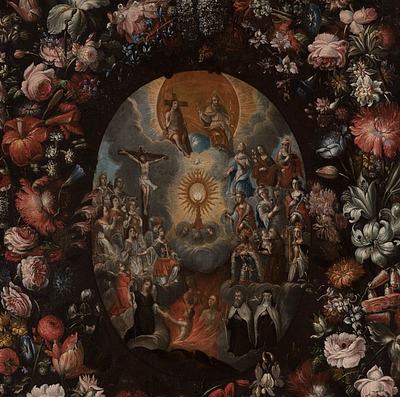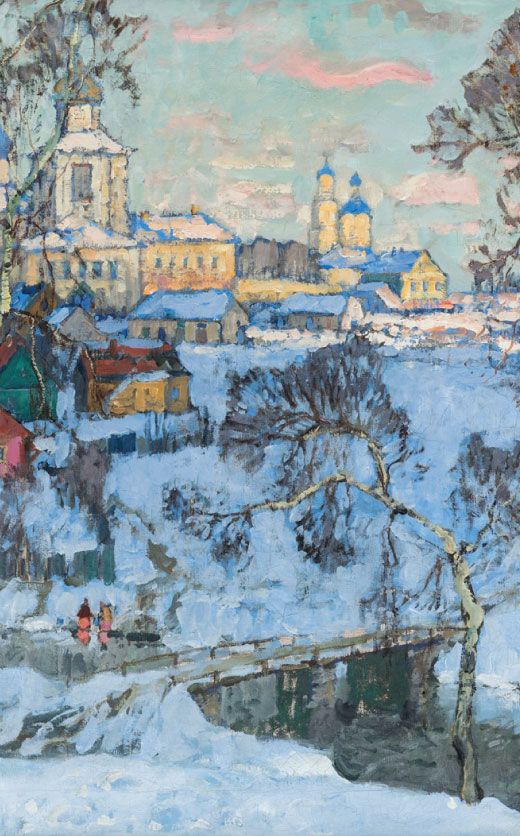ANTONIO VÁZQUEZ (Valladolid, circa 1485 - after 1563), ca. 1650. "San Sebastian and San Roque". Oil on panel.
Lot 76
About Seller
Setdart Auction House
Carrer Aragó 346
Barcelona
Spain
Setdart Subastas was born in 2004 and is currently the first online art auction in Spain with solidity, prestige and reliability guaranteed by our more than 60,000 users. Setdart has a young, dynamic and enterprising team ready to successfully manage the purchase and sale of art works through custom...Read more
Estimate:
EUR€9,000 - EUR€12,000
$9,677.42 - $12,903.23
Absentee vs Live bid
Two ways to bid:
- Leave a max absentee bid and the platform will bid on your behalf up to your maximum bid during the live auction.
- Bid live during the auction and your bids will be submitted real-time to the auctioneer.
Bid Increments
| Price | Bid Increment |
|---|---|
| EUR€0 | EUR€10 |
| EUR€200 | EUR€25 |
| EUR€500 | EUR€50 |
| EUR€1,000 | EUR€100 |
| EUR€3,000 | EUR€200 |
| EUR€5,000 | EUR€500 |
| EUR€10,000 | EUR€1,000 |
| EUR€20,000 | EUR€2,000 |
| EUR€50,000 | EUR€5,000 |
About Auction
By Setdart Auction House
Jul 14, 2021
Set Reminder
2021-07-14 06:30:00
2021-07-14 06:30:00
America/New_York
Bidsquare
Bidsquare : OLD MASTERS
https://www.bidsquare.com/auctions/setdart-auction-house/old-masters-7202
Setdart Auction House sofia@setdart.com
Setdart Auction House sofia@setdart.com
- Lot Description
ANTONIO VÁZQUEZ (Valladolid, circa 1485 - after 1563), ca. 1650. "San Sebastian and San Roque". Oil on panel. They present jumps in the pictorial layer, losses, repainting and old restorations. Two strips need to be seamed. Attached certificate issued by Mrs. Isabel Mateo. Measurements: 95,5 x 70 cm. Through a detailed aesthetic, precise and attentive to the qualities and qualities that make up the scene, the author presents in this work two Saints, thus awakening the devotional feeling of the faithful. The two are in the foreground, occupying a large part of the pictorial surface, and inscribed in a very defined landscape of blue and greenish tones. One of the saints, the one on the left, is tied to a tree and has arrows, so he can be identified as San Sebastian, the other on the right, shows a wound to the viewer and is accompanied by a dog, so he can be identified as San Roque. Saint Sebastian was a soldier in the Roman army in the time of Emperor Diocletian, who appointed him head of the first cohort of the Praetorian Guard until he discovered that he was a Christian. When the saint refused to convert, he condemned him to death: the soldiers tied him to a post and flogged him, leaving him for dead; his friends found him still alive and a Christian noblewoman, Irene, cured him; Sebastian returned to the emperor, reproaching him for his treatment of Christians, condemning him again to be flogged, this time killing him. In art, his representations are frequent, usually with arrows in his body and bound. St. Roch was born in Montpellier around 1350, being orphaned at a very early age. When his parents died, he distributed the family fortune among the poor and hospitals, wore the habit of a pilgrim and in 1367 went to Rome, where he stayed for three years, until 1371. Arriving in Acquapendente, in the Apennines, he found a city devastated by the plague; he stayed, and devoted himself to assisting and encouraging the sick, curing them. Antonio Vázquez was a Renaissance painter active in Valladolid, with a vast production and a large clientele. Documentation of some of his works has been preserved (a dispute with Alonso Berruguete, a letter signed with the same master addressed to Emperor Charles V, etc.). In addition to altarpieces, it is known that he worked for the City Hall of Valladolid and under the orders of Gaspar de Tordesillas on the arches commemorating the entrance of the betrothed of the future Philip II and on the burial mound made for the same princess, Maria Manuela of Portugal. At present, his work is preserved in several religious institutions (Church of San Pablo de Valladolid...), as well as in important private collections and in museums such as the National Sculpture Museum of Valladolid, the Archaeological Museum of the same city, etc.
- Shipping Info
-
In-house shipping available. Please inquire at admin@setdart.com.
-
- Buyer's Premium



 EUR
EUR CAD
CAD AUD
AUD GBP
GBP MXN
MXN HKD
HKD CNY
CNY MYR
MYR SEK
SEK SGD
SGD CHF
CHF THB
THB

















